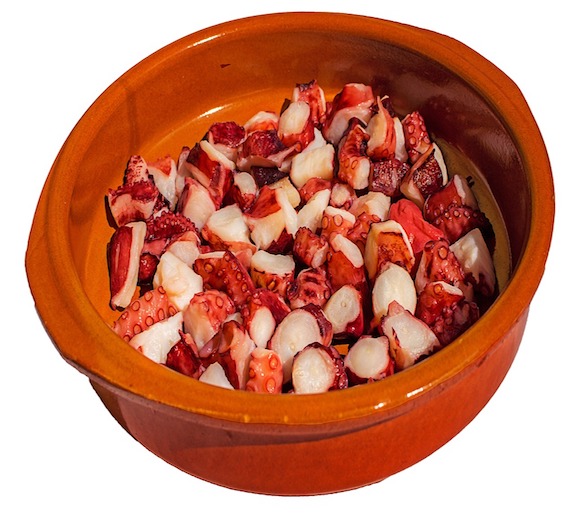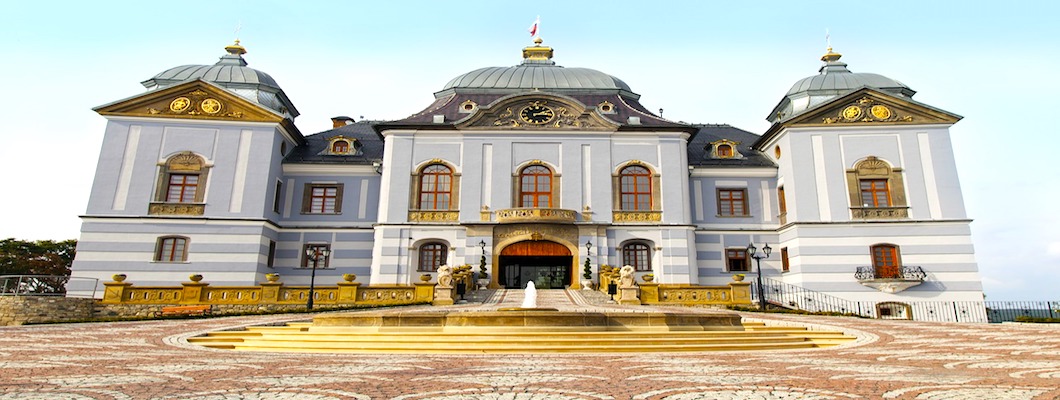The city Lugo is situated on a hill on the Miño river bank in the northwest part of Spain and is in the Galician autonomous community. Its population in 2009 was about 97,000. There are two important things that characterize Lugo – the river Minho and the Roman walls.The remains of the ancient walls from the Roman past have been preserved in this city and are declared as Heritage Site. There are some important buildings inside the walls – Cathedral, City Hall and palace Archiepiscopal.
Paulus Fabius Maximus founded this city in the year 13 -14 BC and named it Lucus Augusti on orders from the Roman Emperor Augustus. The word Lucus indicates Holy Wood and the word Lugo is derived from the word Lucus.The city went through a number of bloody episodes because of various takeovers by Suevi, Visigoths, Muslims, Christians, etc. During the war of independence, the French damaged the walls constructed by Romans to protect the city.
The Roman walls are the best example of Roman legacy. Later on the Romanesque Cathedral was built inside. There are ten gates in the walls through which one can access the pedestrian street networks and also the granite buildings. The popular gates are – Porta Miñá or Carmen gateway, Nova gate, Santiago gate or San Pedro gate. Carmen gateway was normally used by the pilgrims going to Santiago de Compostela.
The Santiago gate was constructed in the 18th century through which you can enter the Lugo cathedral directly.
 Climate
Climate
The maximum and minimum average temperatures in Lugo are 19 °C and 7 °C respectively.
Cultural Heritage
The Regional Museum at Lugo has been in existence since 1957 and it has some of the important religious art collections.
Important monuments in this city are as follows:
1.Inside the Spa of Lugo you will find the Roman thermal baths.
2.Roman walls of Lugo were built in the 3rd century for defending the city from Barbarians.
3.The convent San Francisco houses the Provincial museum of Lugo.
4.The Lugo Cathedral was built during 1129-1273.
Cuisine
Pork and veal are the main things used in Lugo’s traditional cooking. However the tourists might also get seafood and fish items in the restaurants. The dish – lacón con grelos that is made with ingredients such as pork shoulder, turnip, chorizo and potatoes – is the most popular dish in this place.
During the festival a dish made from Octopus, paprika, marinated salt and olive oil is eaten extensively.
Photo Credit: Pixabay Shutterstock
